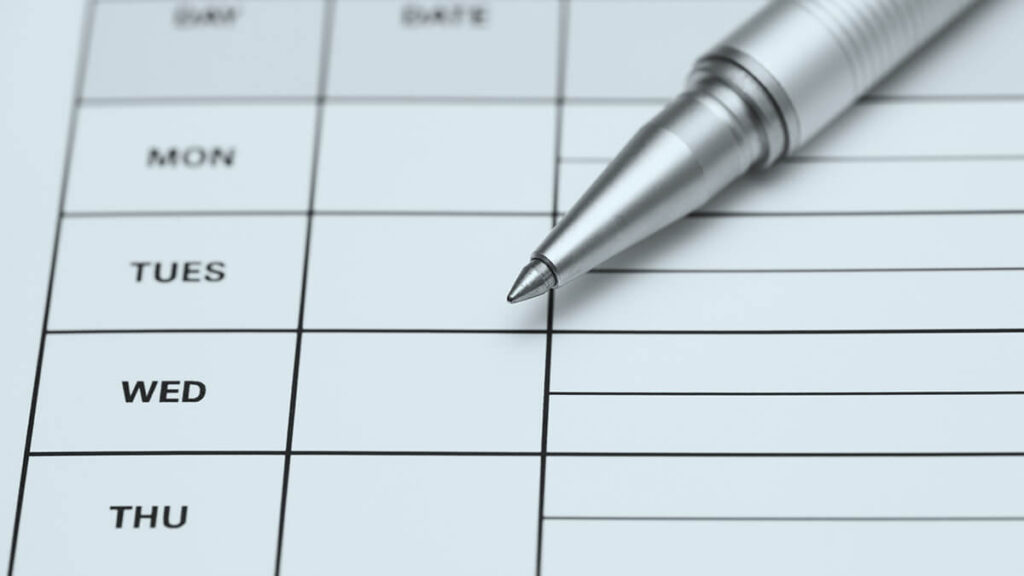Tracking your employees’ time and attendance is an important part of running an accurate payroll, managing personal time off, and maintaining employee records. You can document time and attendance information by creating an employee timesheet.
To comply with employment laws, you must understand what a timesheet is, how to create it, and your recordkeeping responsibilities.
What is a timesheet?
A timesheet is a physical or digital record showing the hours an employee worked during a pay period. Timesheets give you the necessary information to run payroll and give employees their correct wages.
Without timesheets, you won’t know how many regular and overtime hours an employee worked. This could expose your business to incorrect wage payments, nonexistent records, audits, and even lawsuits.
You can also break timesheets down so you know how long employees spend on different projects or tasks. This might be useful for customer billing.
To create timesheets, you need to know how much employees work during the pay period. You might use them in conjunction with employee time cards, such as clock punches, fingerprint clocks, or digital clocks.
According to the Fair Labor Standards Act (FLSA), you can use any type of employee timekeeping method you want. However, the timesheets you use must be complete and accurate.
You can use paper, spreadsheets, or time and attendance systems for small business to create timesheets. Whatever method you use, make sure to keep the time sheets in your records.
Information included on timesheets
Timesheets should be structured. Most timesheets are formatted like a chart. The employee timesheet should include the following information:
- Employee’s name
- Pay period
- Date worked
- Day worked
- Employee hours worked
- Total workweek hours
If you offer paid time off (PTO) or paid holidays, your timesheets should accommodate these.
Time and attendance best practices
Because maintaining accurate timesheets is such an important small business task, here are some tips to help.
You should include information about timekeeping and submitting timesheets in the employee handbook. Explain how employees are supposed to track and record time, your company’s policies and due dates. And, make sure employees know whether they are eligible for overtime wages or not.
Use a consistent timekeeping method to stay organized. For example, recording an employee’s hours worked on paper one week and on spreadsheet the next is a recipe for disaster.
Employees should sign and submit their timesheets to you after their information is entered. Review timesheets before approving them to make sure they are accurate. Compare timesheet information to work schedules to prevent employees from falsifying timesheets.
Set a regular schedule. Require that employees turn in timesheets by the same day each pay period to avoid confusion. That way, you can pay employees on time, especially if you pay via direct deposit.
Make sure the information you enter on the timesheet is accurate. You can’t record that employees worked less than they did to avoid paying wages.
Time and attendance software that integrates with your payroll software can make it easier to run payroll. Instead of manually entering timesheet information into your payroll software, their hours are automatically uploaded.
How long do you need to keep timesheets?
Under the Fair Labor Standards Act, you must keep timesheet and related information (e.g., time cards) in your payroll records for two years.
Do you need a more effective way to manage timesheets? Patriot’s online time and attendance software integrates with our online payroll software. Employees clock in and out online. Then, you approve their work hours and run payroll. Try both for free today!
This article has been updated from its original publication date of August 29, 2018.
This is not intended as legal advice; for more information, please click here.